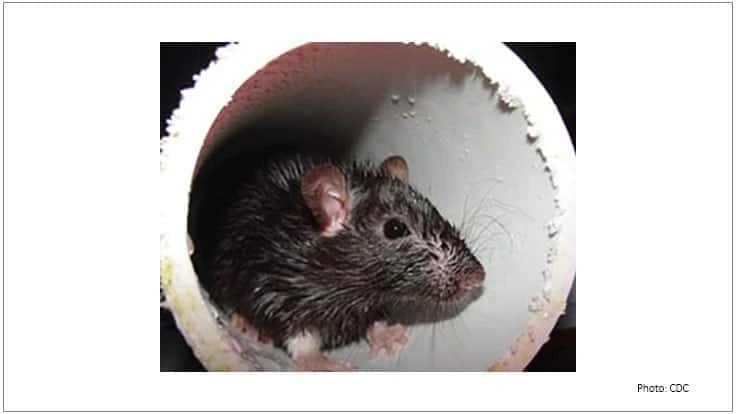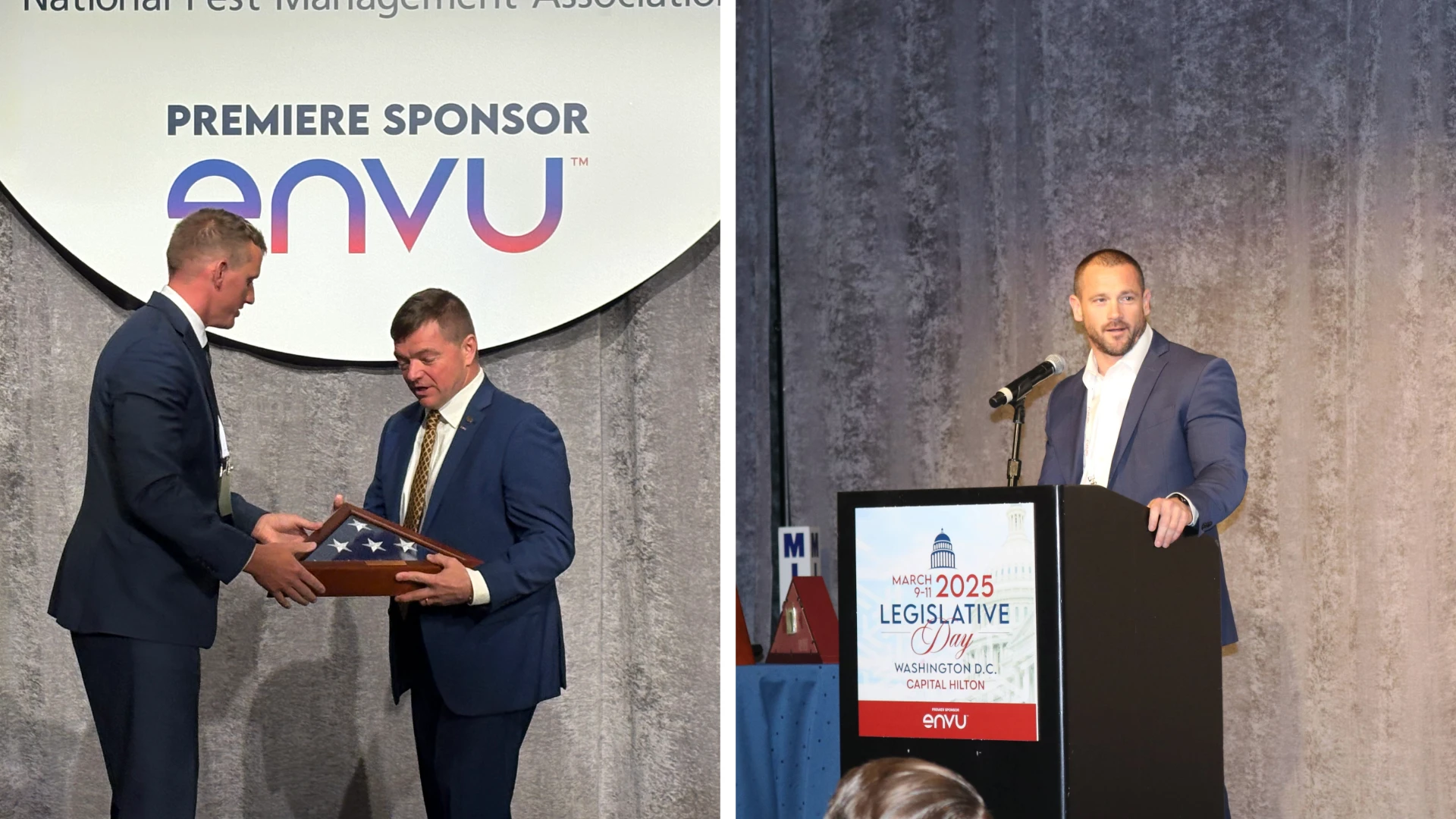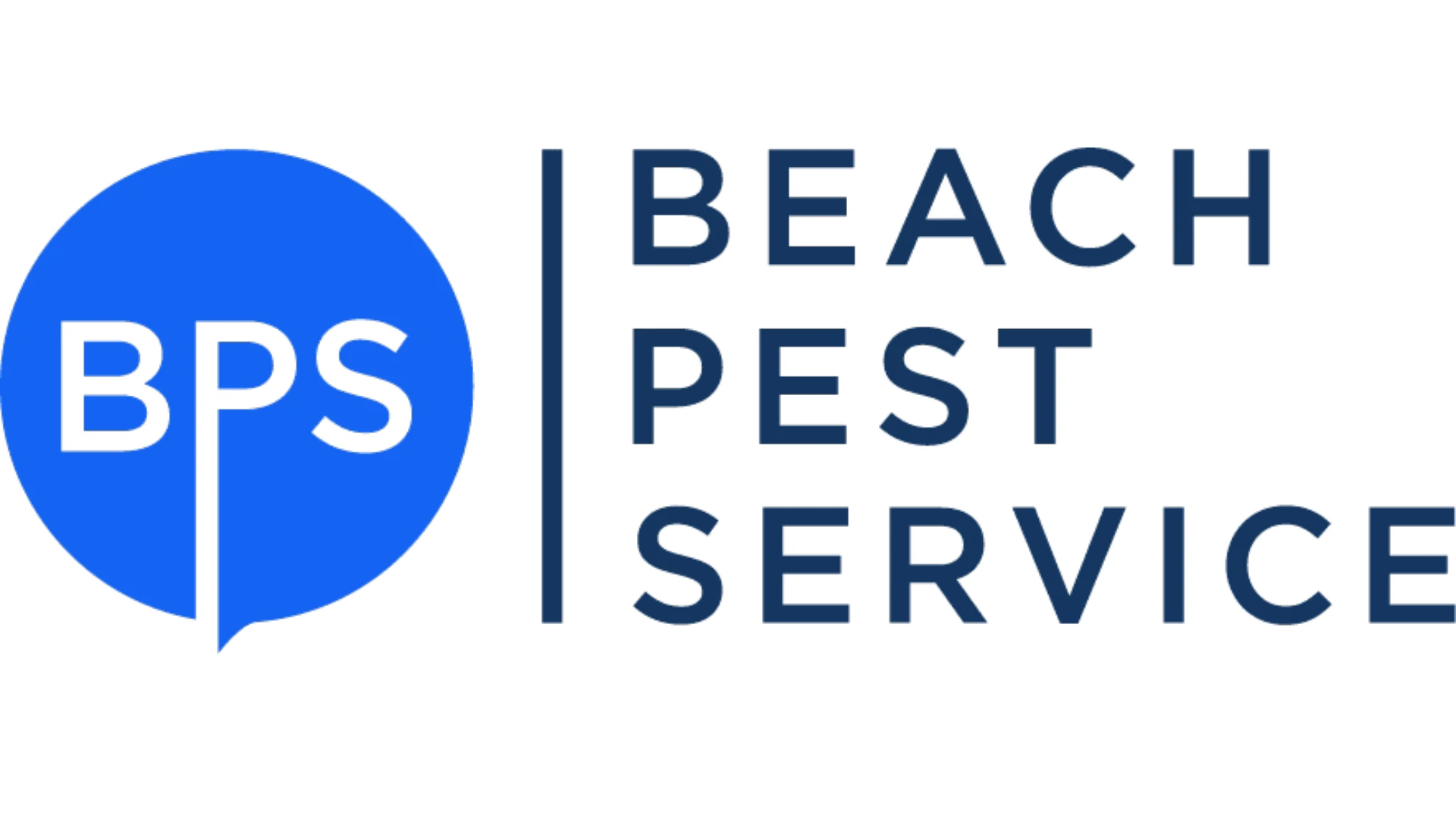
As explained by EPA, IPM focuses on pest prevention, using pesticides only as needed, with each program customized to the pest prevention goals and eradication needs of the situation. With this primary focus on prevention, IPM can be thought of as implementing the 80/20 rule. “If 80 percent of the effort is spent on preventing pest infestations, the other 20 percent will provide better and easier results with less toxic methods of treatment,” said P&M Pest Consulting Partner Myron Baumann.
That 80 percent includes integrating sanitation and structural practices on the outside of the building to reduce pressure on the interior and removing food, water and harborage to create an undesirable environment for pests. This forces the pests to work harder to survive, range farther for food/water, and seek out more suitable places to live and breed. All of this, then makes the pest more vulnerable to control measures.
For example, Baumann said, a plant with numerous rodents probing the exterior for an entry point creates a greater risk for entry. But if there are fewer rodents, you may be able to reduce the amount of rodenticide used or even the number of placements. “The entire approach changes when less pressure is present,” he said.
But because not all interior pest pressures originate from the outside, interior control and monitoring also must be maintained. Integrating good sanitation and structural inspections into your rodent defense will reduce the risk of pests establishing themselves inside the facility. The defense will then need to involve the facility management as well as its workers, but it will prove beneficial in the long run. “This effort to prevent pests is far better than spending 80 percent of your time cleaning up after an infestation has been eliminated using more toxic approaches,” Baumann said. “Once you have allowed a rodent infestation to take place, you have droppings and urine that you must track down and clean up, which is time better spent on preventing the problem.”
This is particularly true of rodents, as their tendency to harbor and nest in hard-to-reach areas (e.g., wall voids and ceilings) and hard-to-detect areas (e.g., inside pallets) makes control difficult. “Rodents have developed habits that keep them for the most part hidden from our sight, and populations can grow large before the evidence of their presence and damage are observed,” he said. “Rodents possess the ability to learn and adjust to the environment around them.” This not only makes rodents a formidable foe, it makes the preventive controls of IPM that much more important.
So, spending 80 percent of IPM efforts on preventing infestations significantly reduces time needed to find and eliminate them. Preventing an infestation reduces the risk of contamination, damage to the structure and food, as well as the use of rodenticides. “The pest control industry has made major strides in reducing the impact on the environment, but we must continue to put IPM first in our order of choices to reduce and eliminate pest issues,” Baumann said.
Latest from Pest Control Technology
- Understanding Rodents and Bird Flu
- Green Pest Solutions Awards Safest Driver New 2025 Ford F150
- UF/IFAS Sheds Light on Tiny Invaders During Termite Awareness Week
- Registration Open for Lawn & Landscape Technology Conference
- Fleetio Launches Automotive Service Excellence Scholarship
- WorkWave Appoints John Phelan as CTO
- PMPs Use Capitol Hill Visits to Push for Preemption
- 20 Trapping Tips





